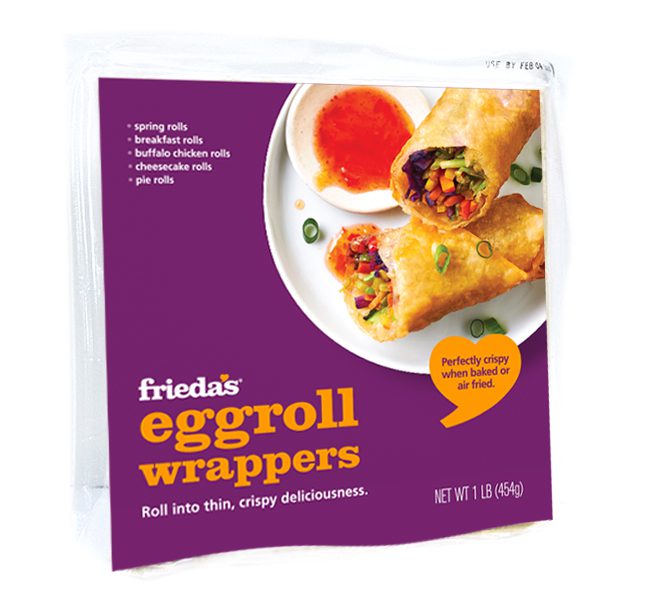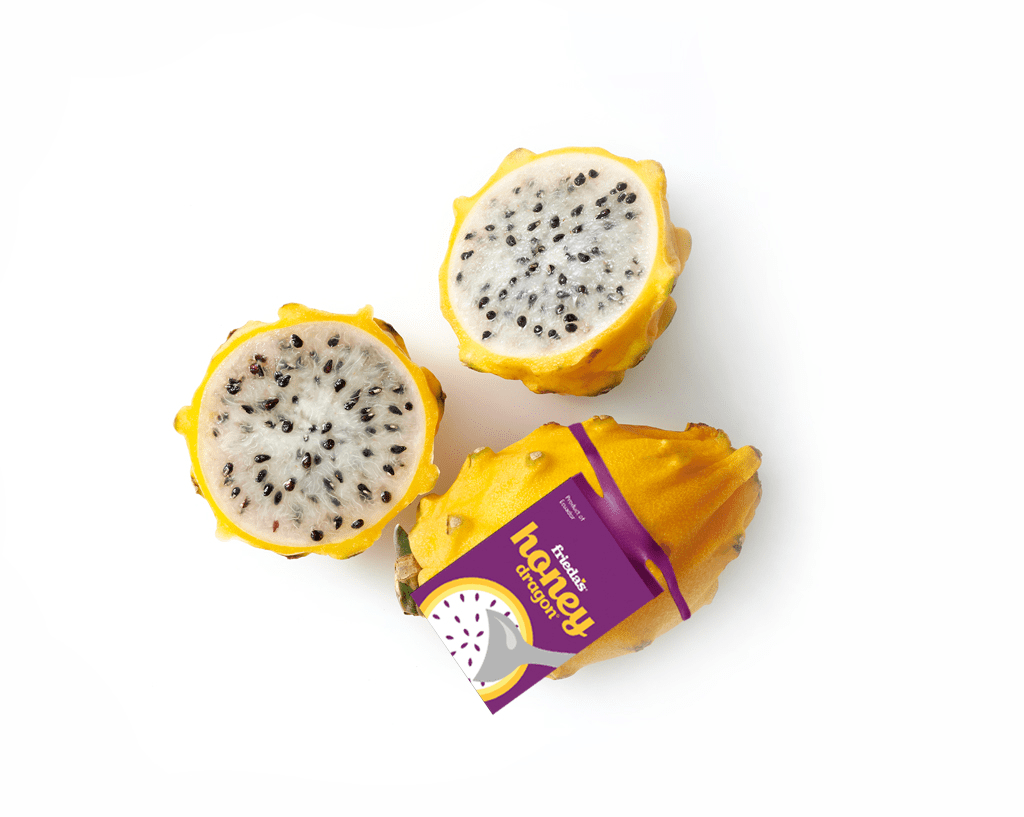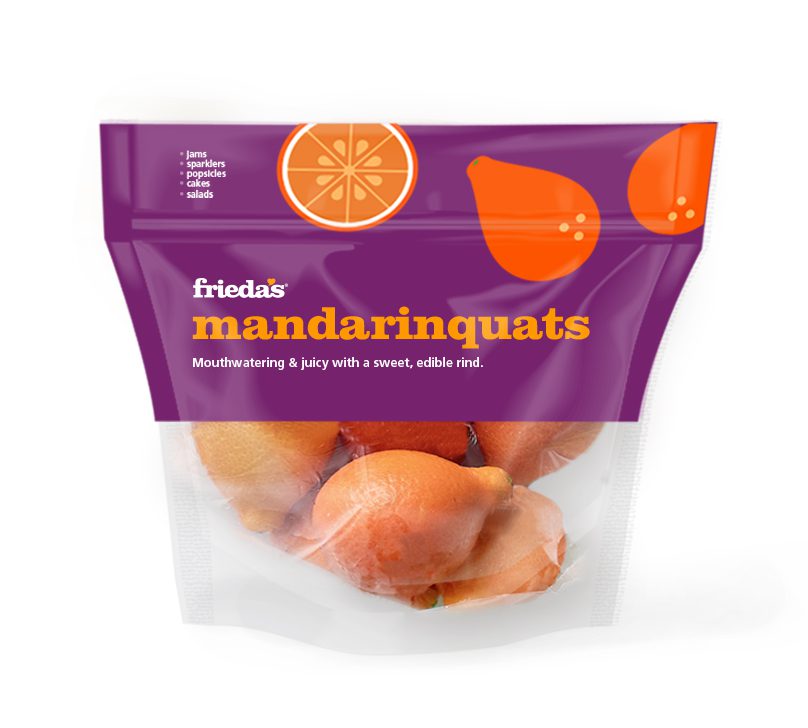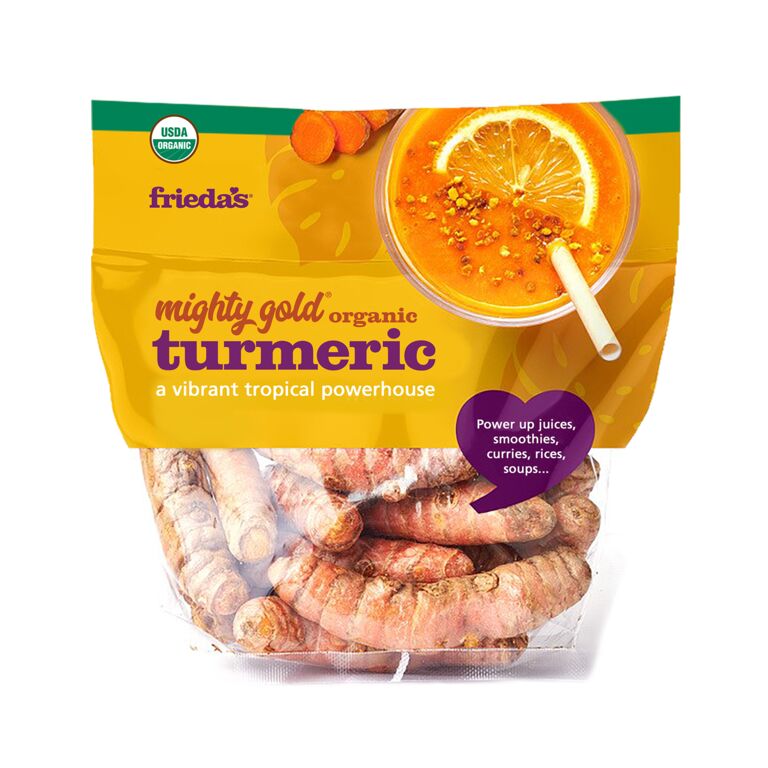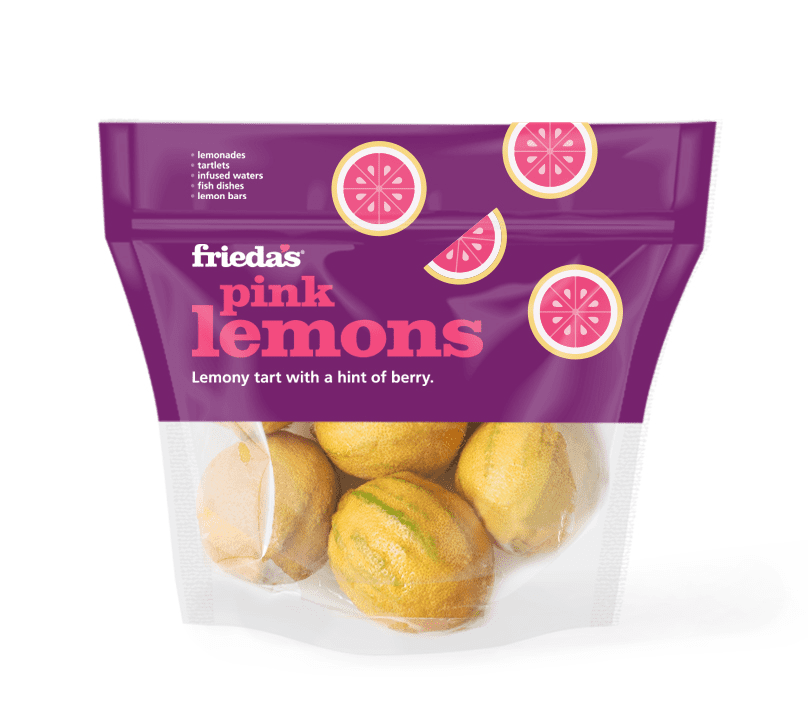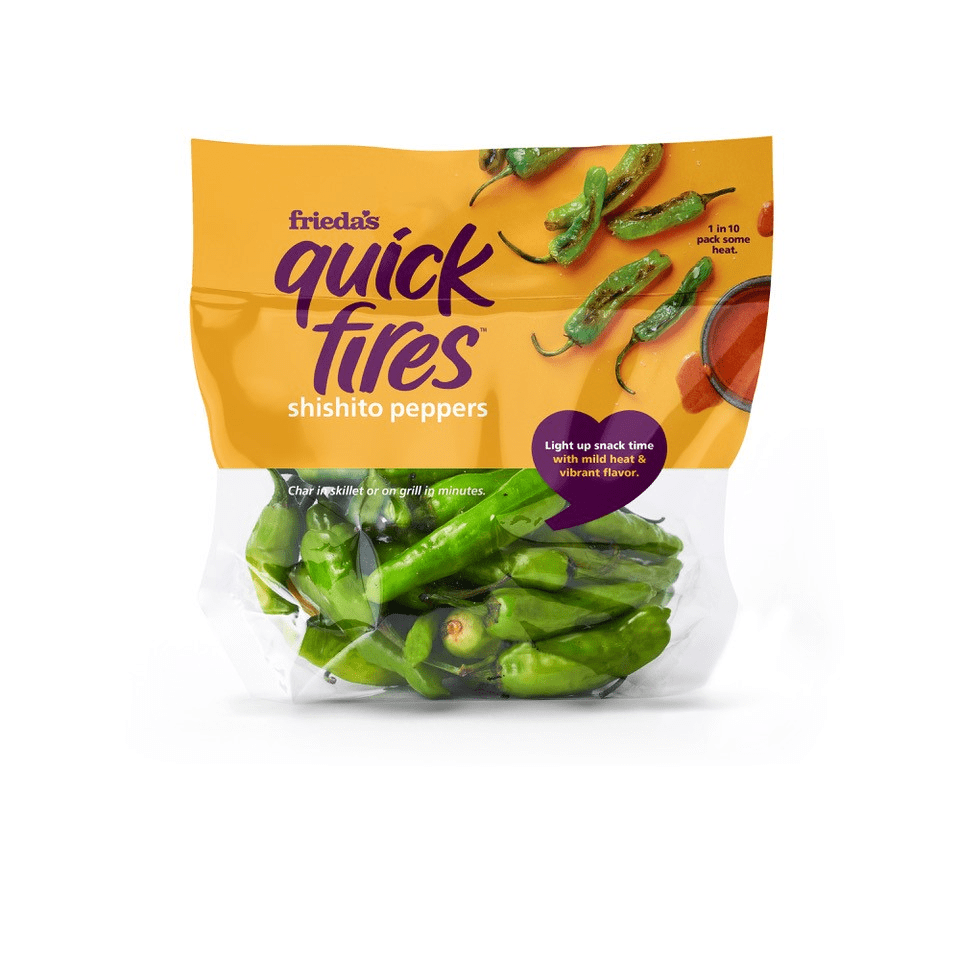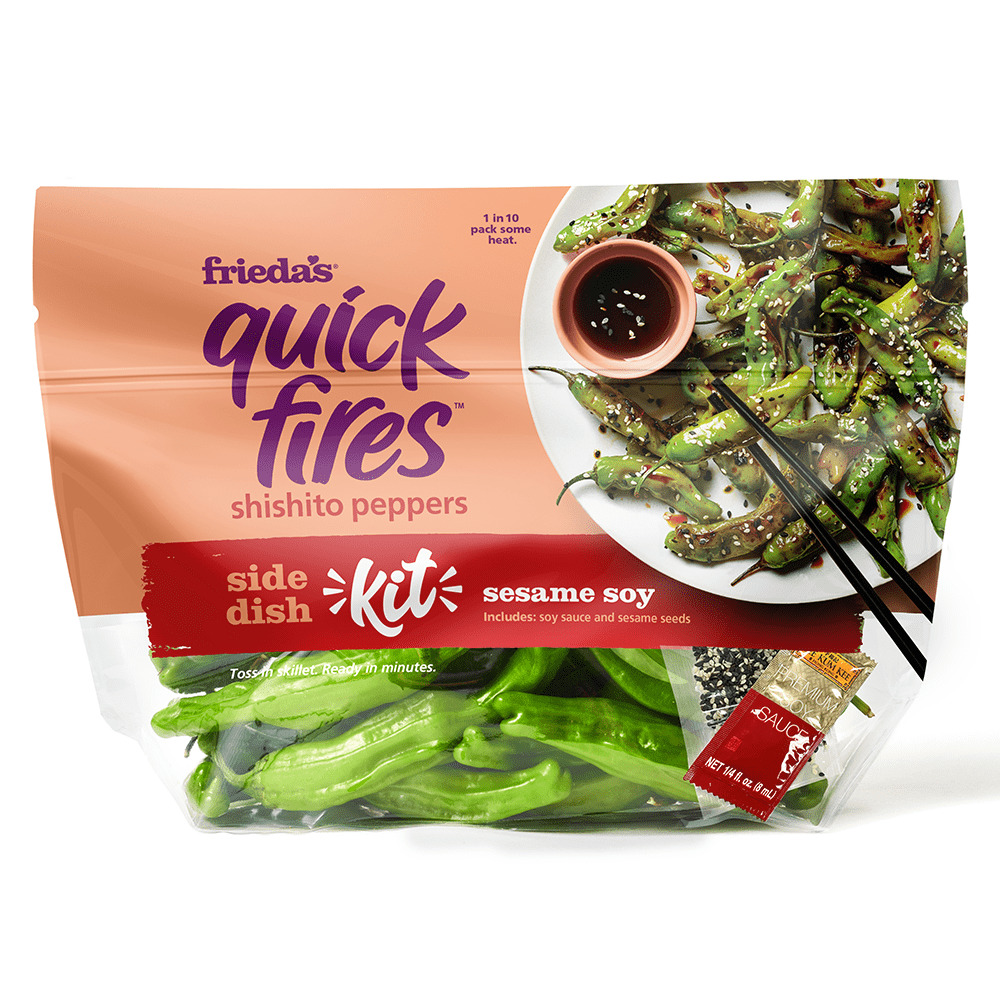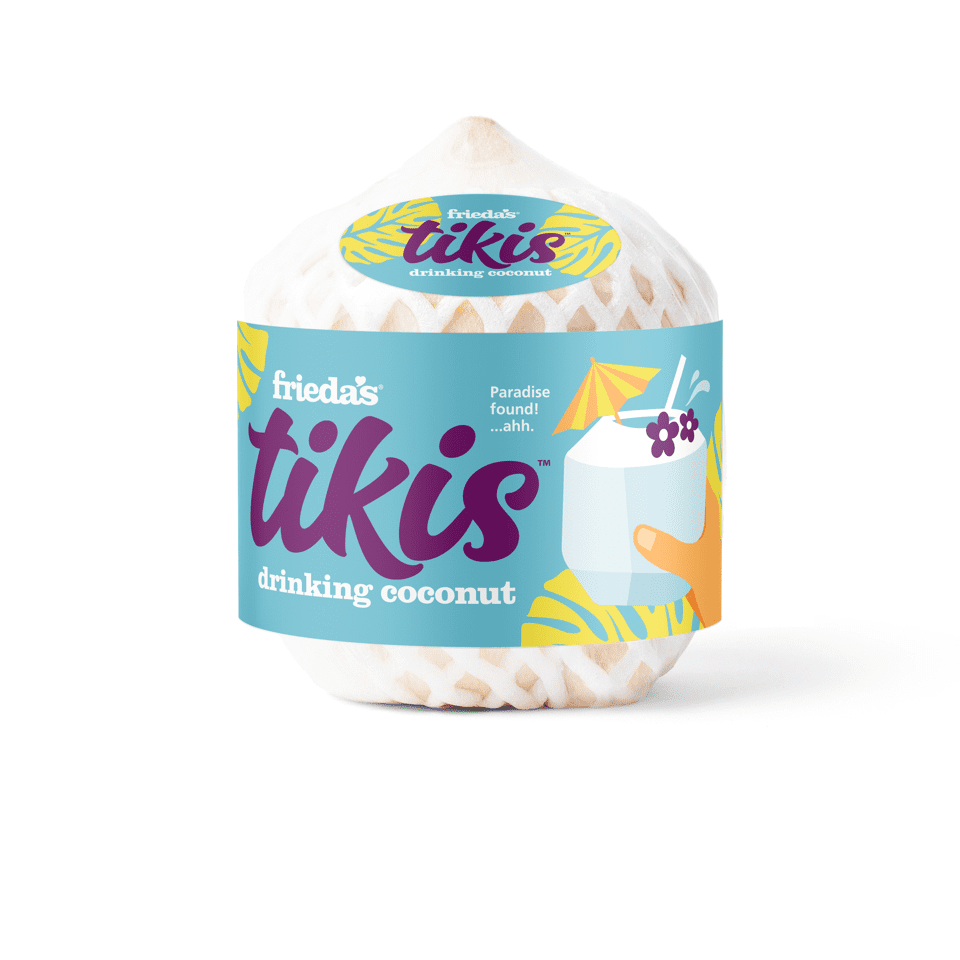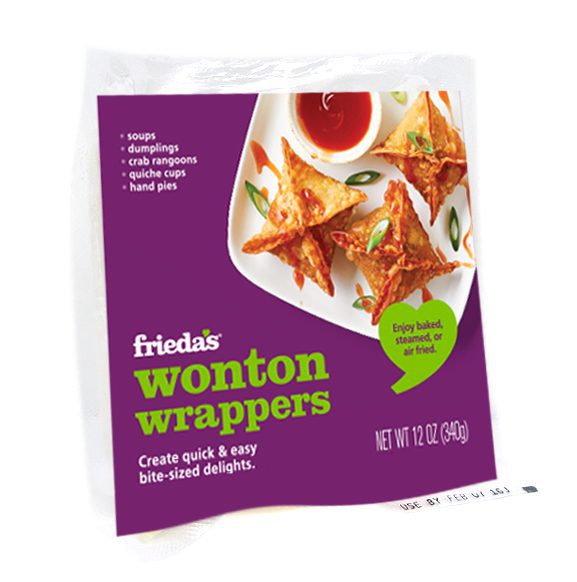In early June, I was having dinner at the Japanese-Peruvian fusion restaurant Chotto-Matte, one of the hippest places in London. Imagine sushi meets root vegetables—on steroids! It was one of the most amazing, enjoyable, and inspiring dinners I’ve had in a while.
Yes, that was in England, which in the past has not been known for the most adventurous cuisine. (Fish and chips and meat pies, anyone?)
So, out came a plate filled with thin, roasted green peppers. I said, “Oh, look at these Shishito peppers!” My friend gave me a quizzical look and said, “But the menu says they’re Padrón peppers.”
Hmm…I wondered why they looked and tasted just like Shishito peppers, which I have enjoyed many times at my favorite sushi bar back home in California. So, I immediately texted my chile pepper buyer and asked him, “What is the difference?”
Almost all commercially sold peppers are “cousins.” In fact, both Shishito and Padrón peppers are from the cultivar Capsicum annuum var. annuum.
Shishito peppers are the East Asian variety of the cultivar and are named because the tips of the peppers resemble the head of a lion—shishi (or jishi) in Japanese.
A handful of Shishito Peppers. Photo credit: ChristinasCucina.comOn the other hand, Padrón peppers are from Spanish seed of the cultivar from the municipality of Padrón in northwestern Spain, hence its name.
You can see from the photos that Shishitos are a little thinner than Padróns. Also, Shishitos are not usually hot—you may find 1 in 10 that is medium-spicy. Padróns are also mild with slightly more chance of being spicy—2 in 10.
Both peppers are very trendy right now, along with the rise of tapas bars, izakayas (Japanese bars with food), gastropubs, and small plate offerings. So, don’t be surprised if you find them showing up in your neighborhood establishments.
Blistered Shishito PeppersAnd now you know!
Karen


